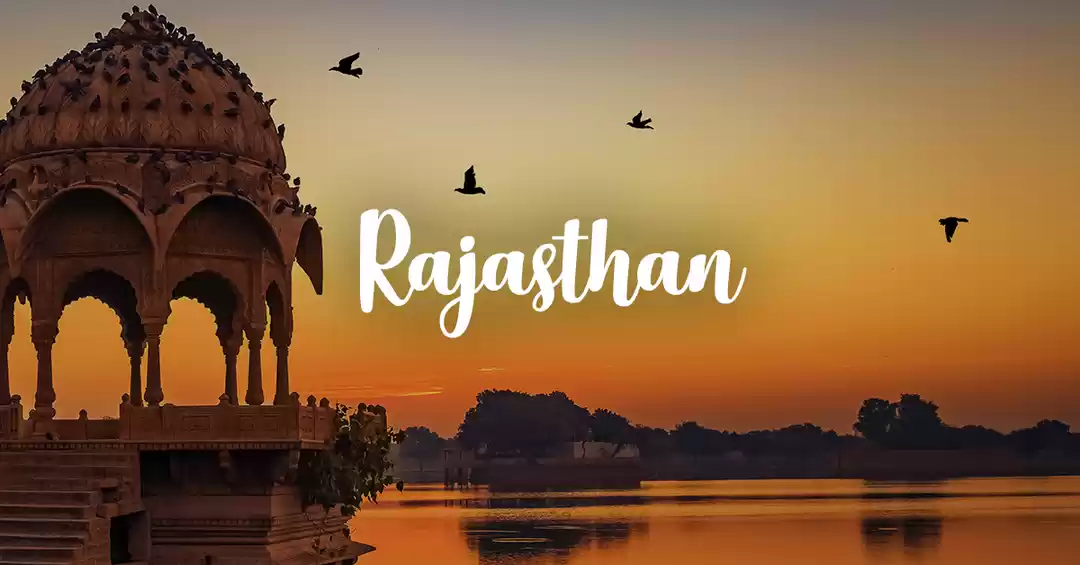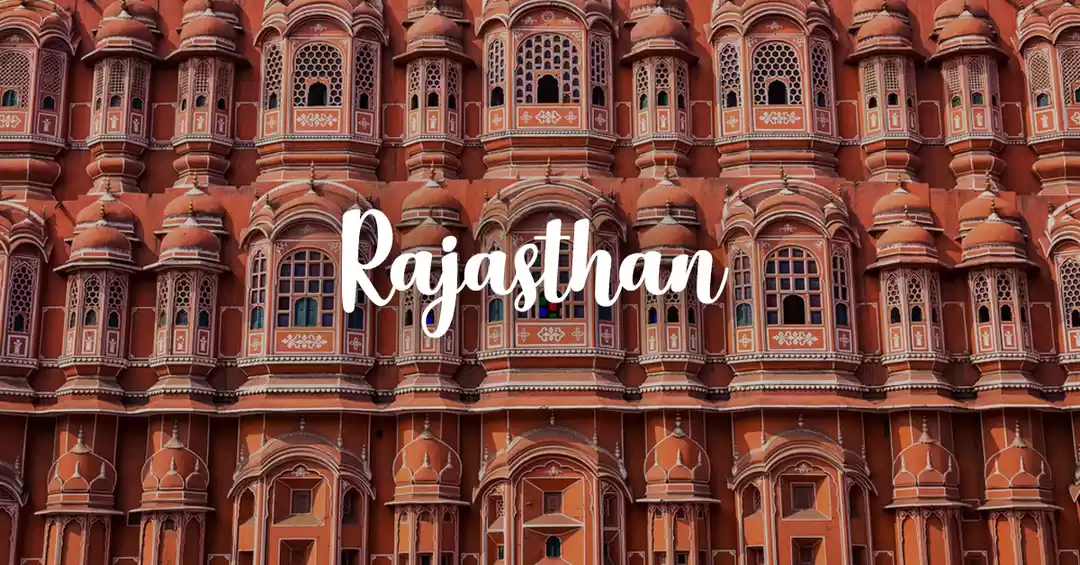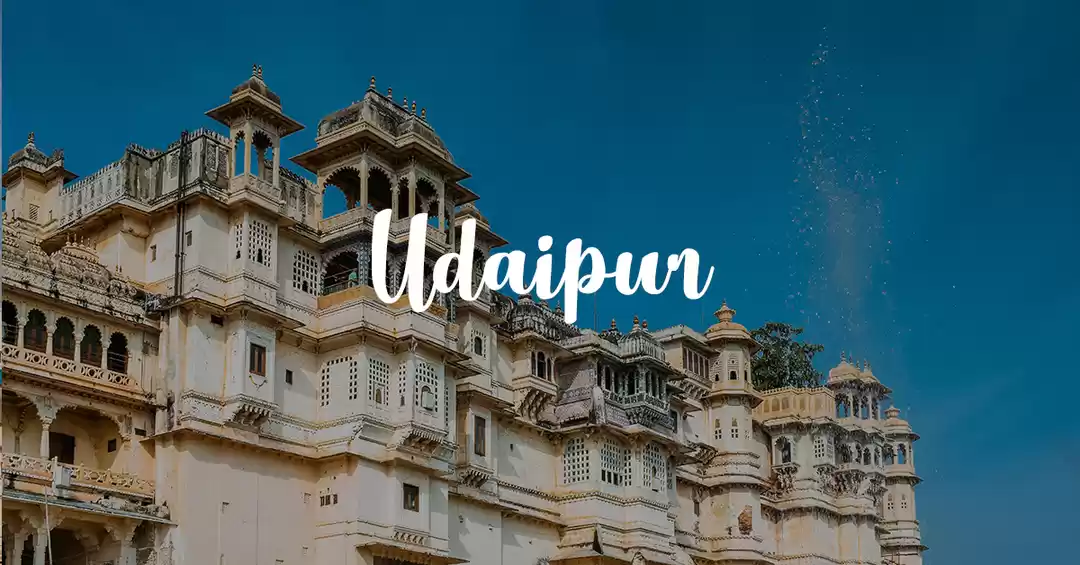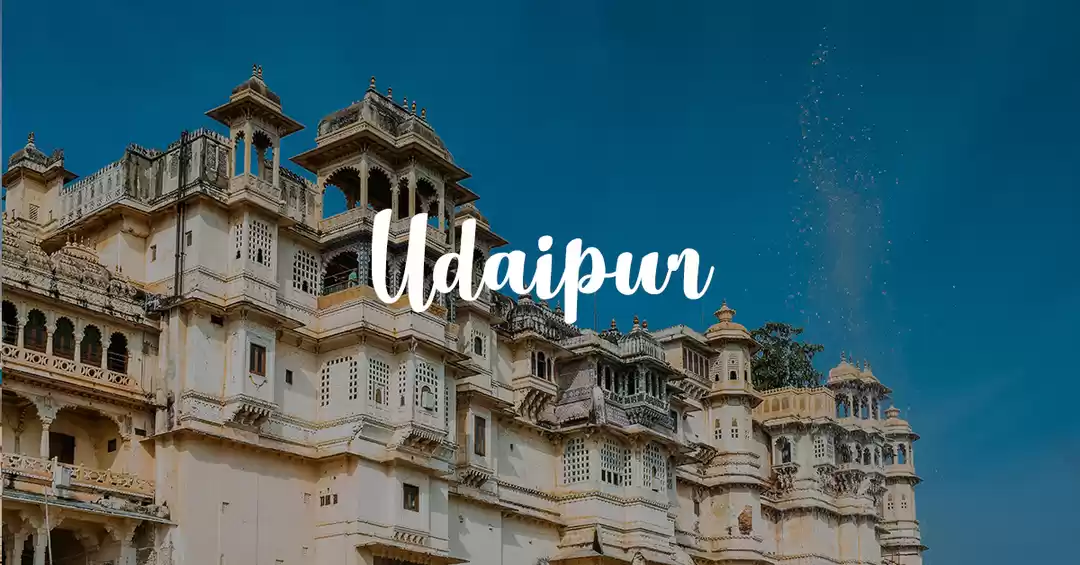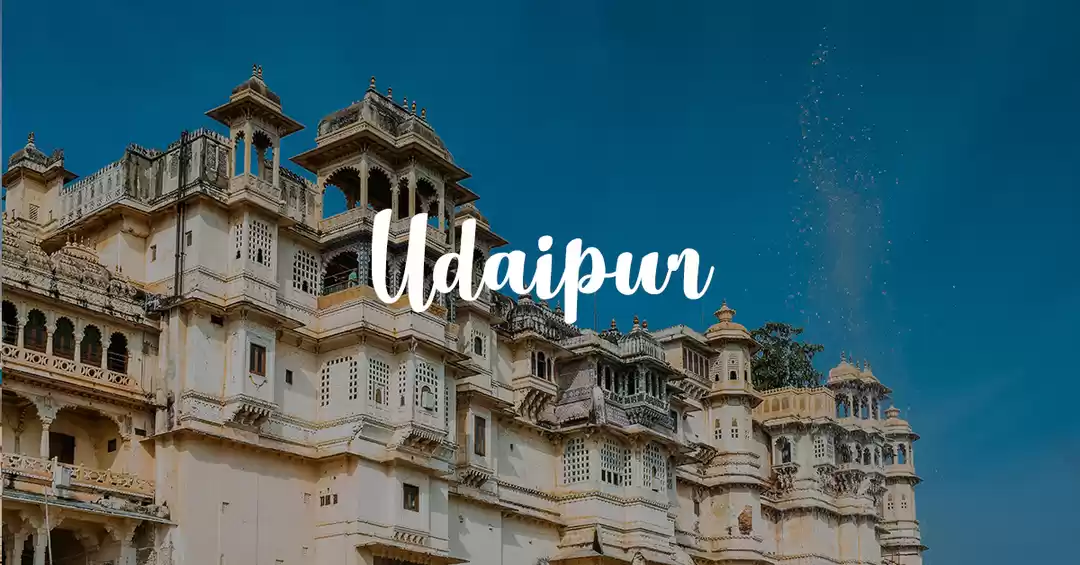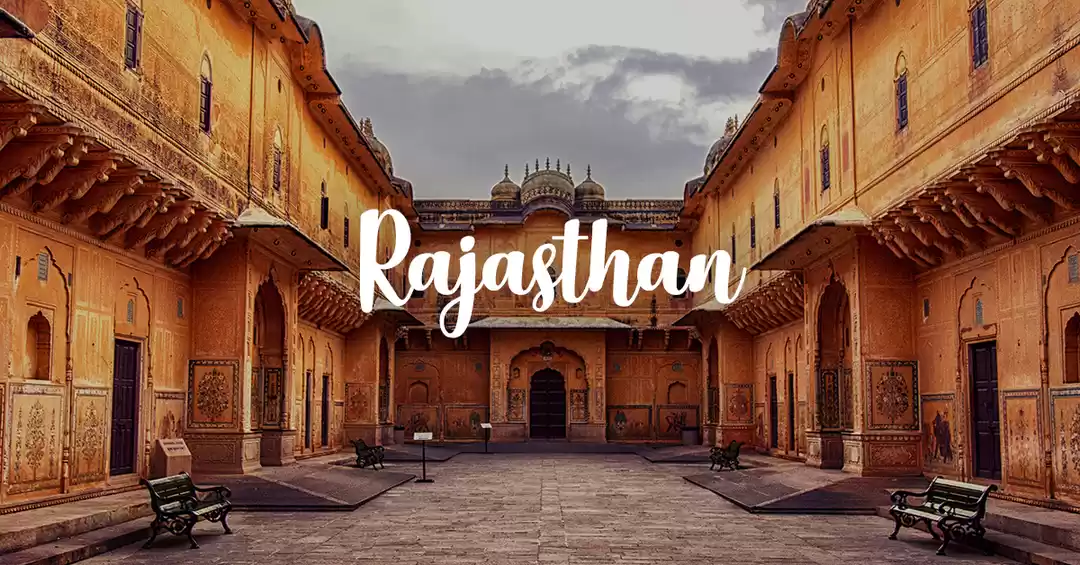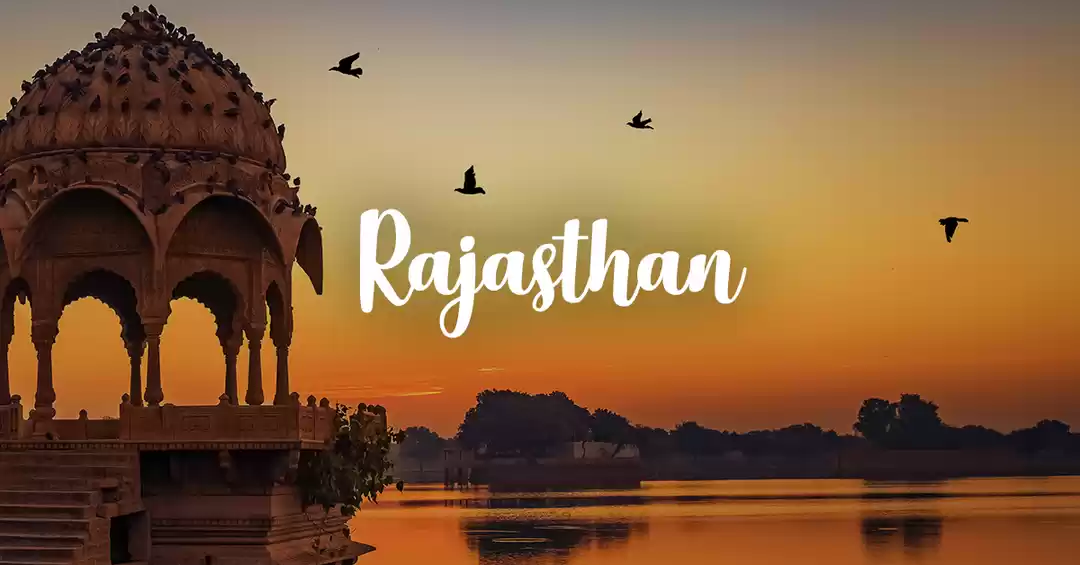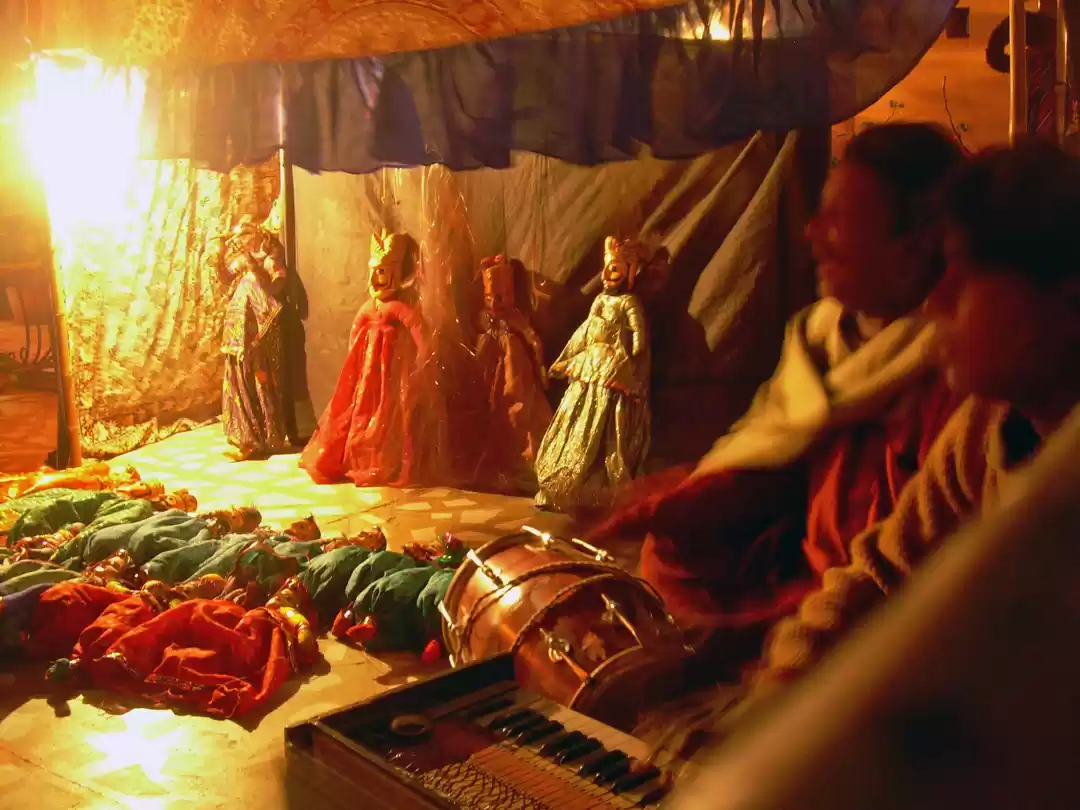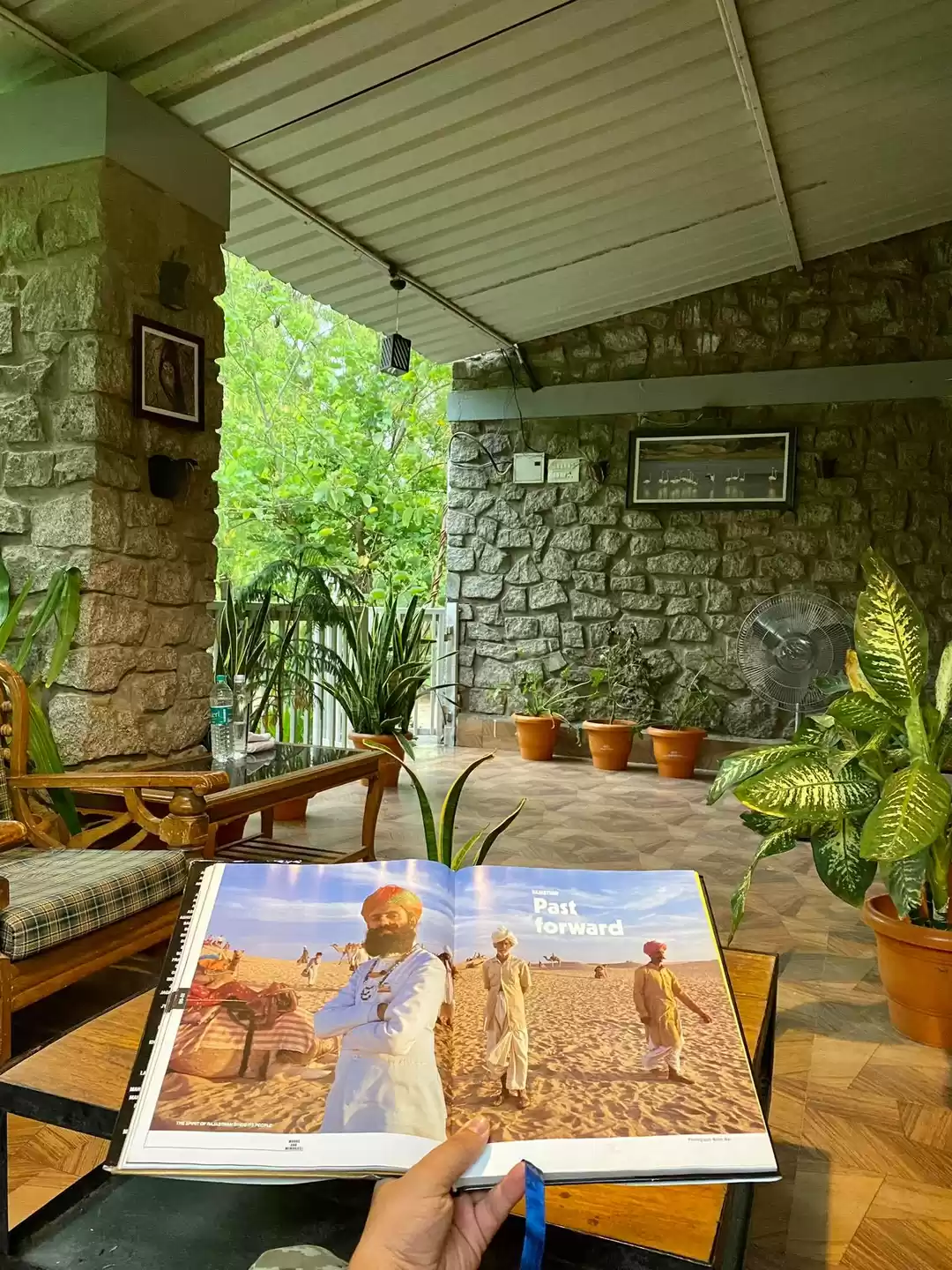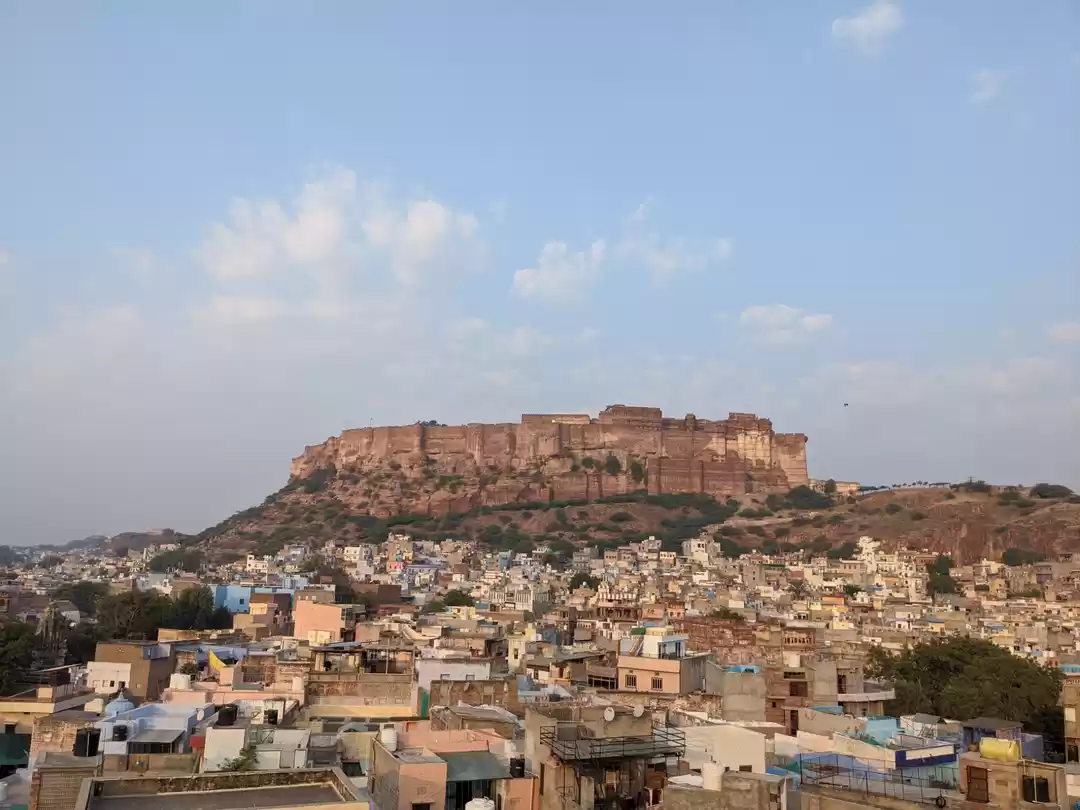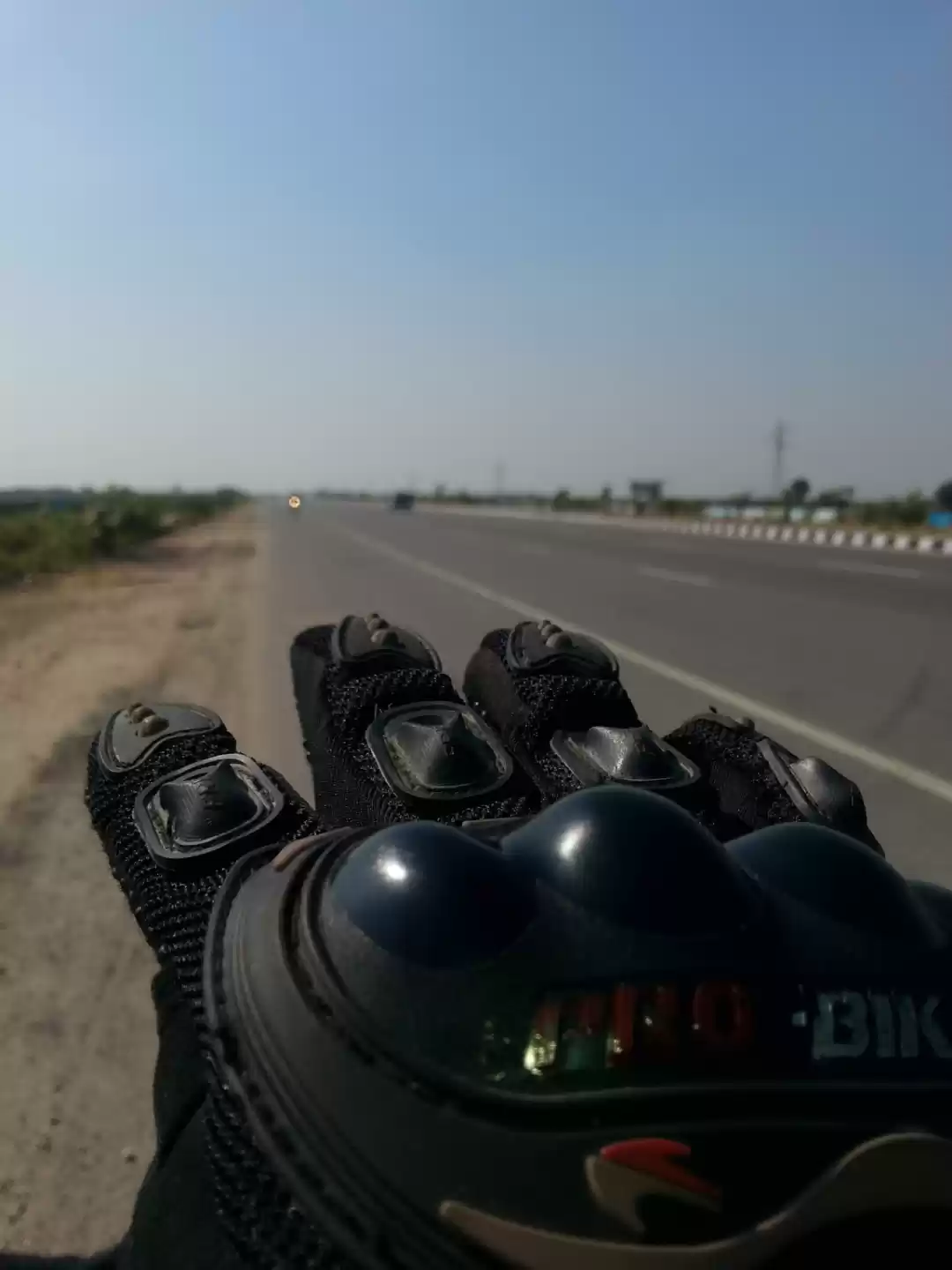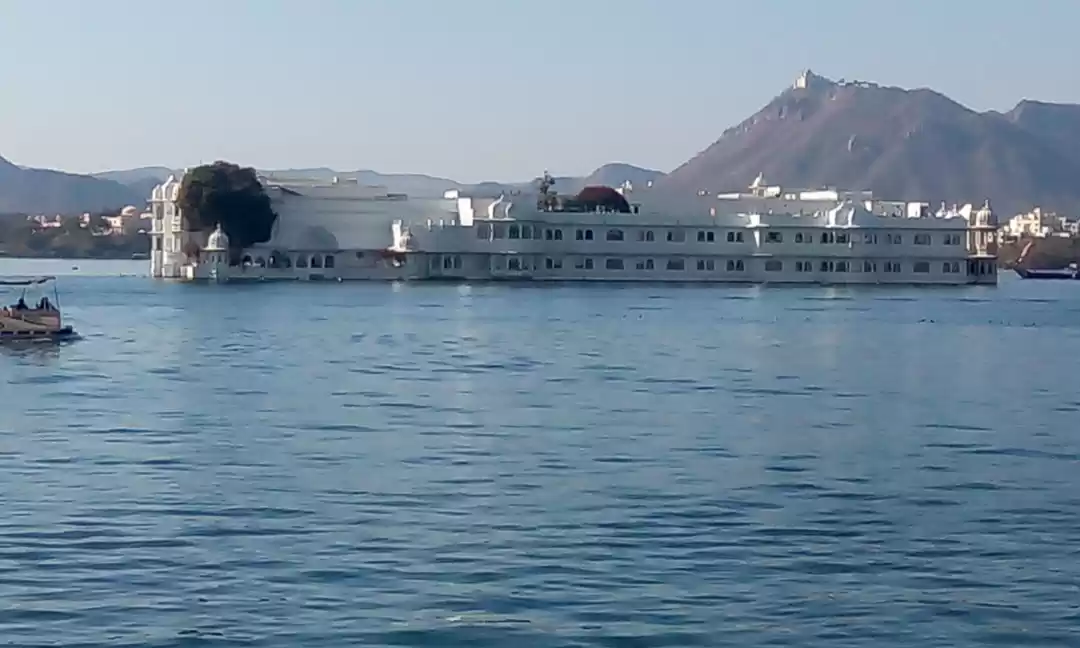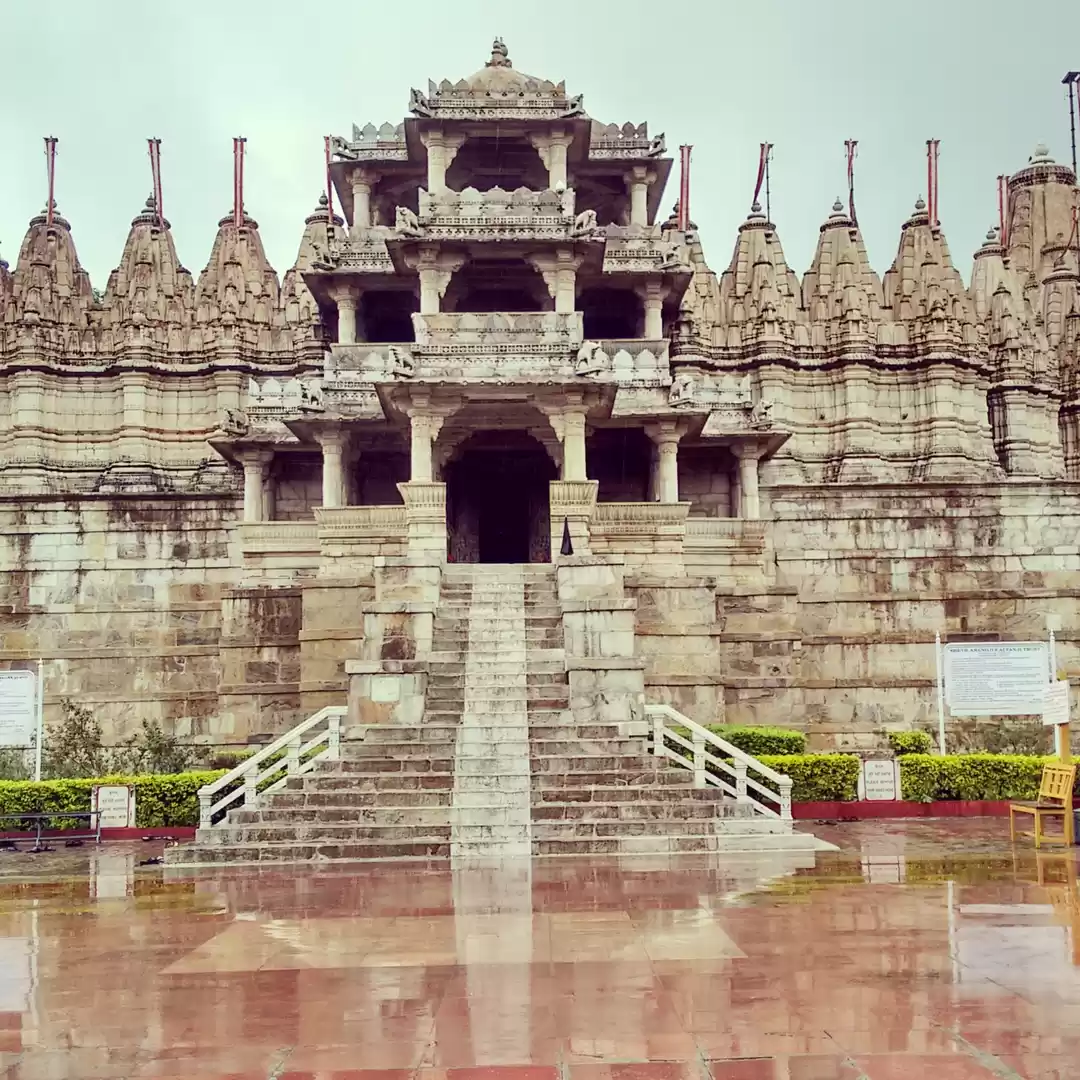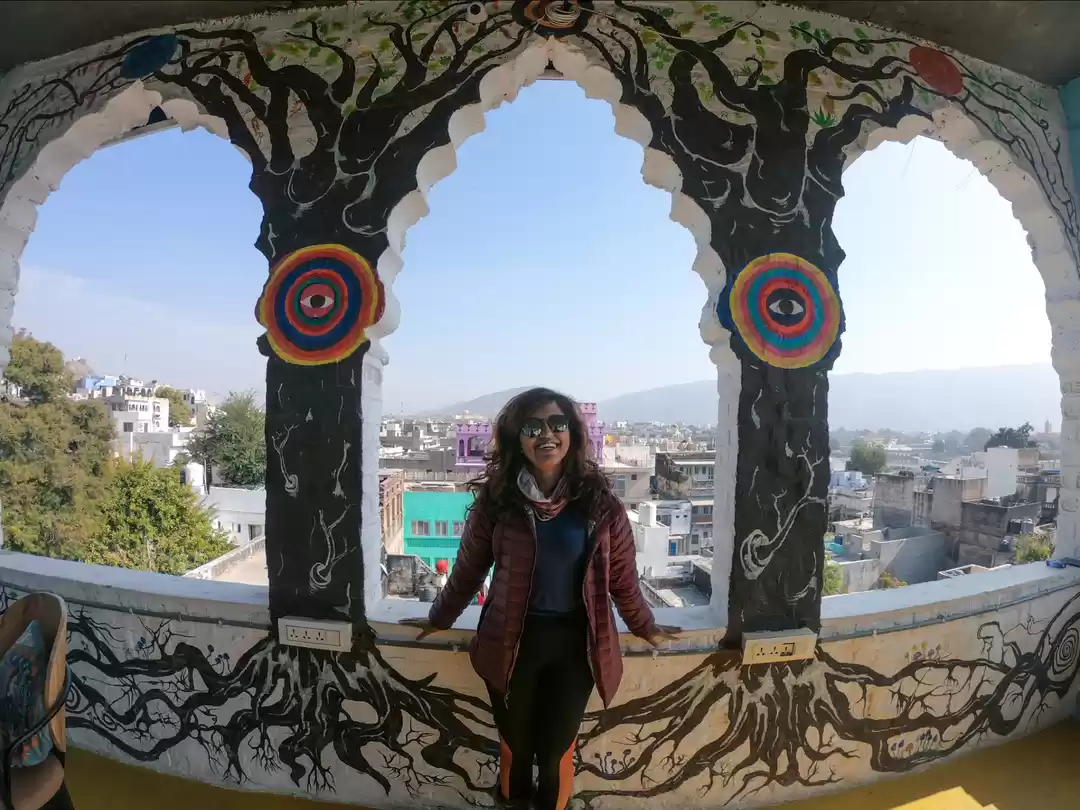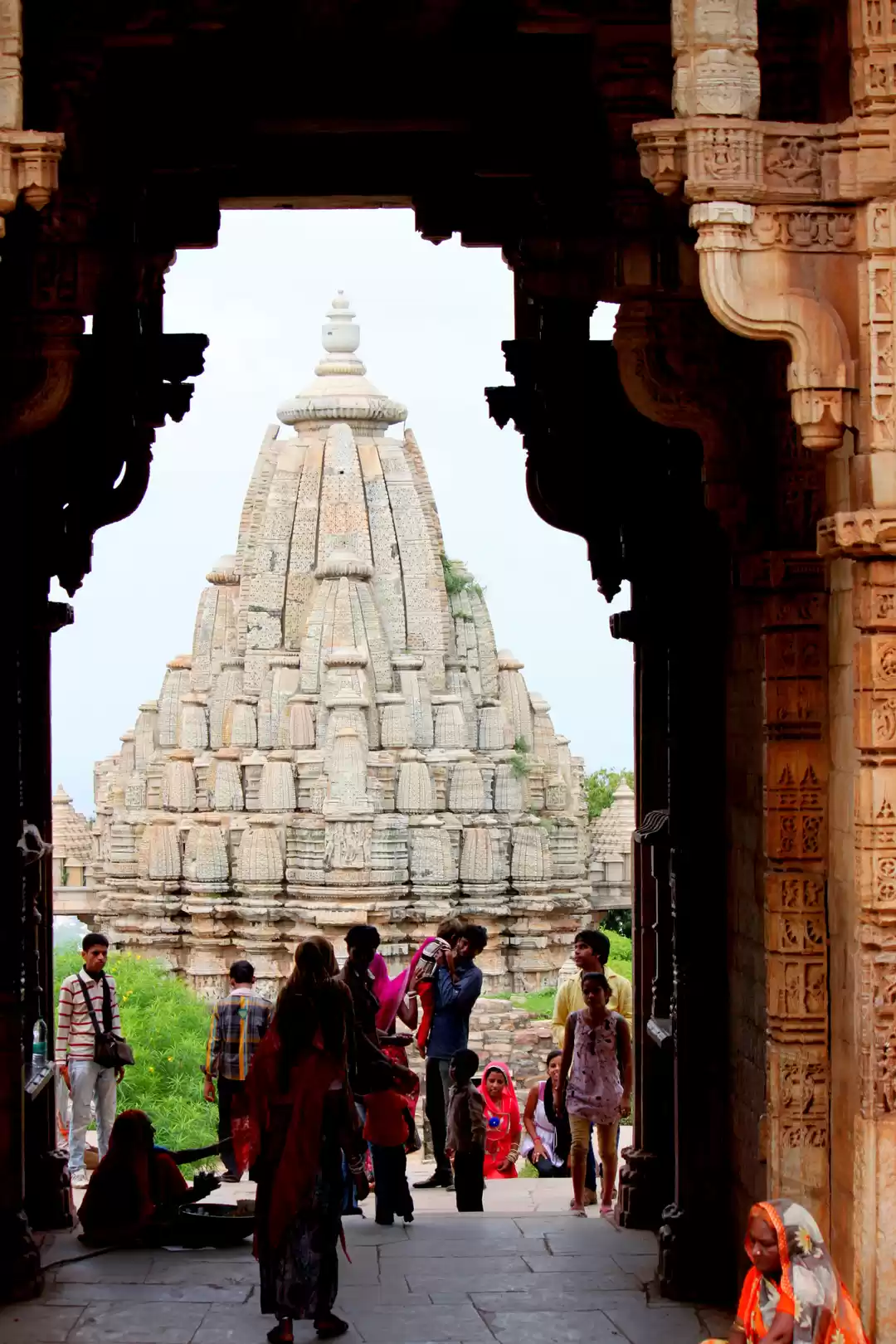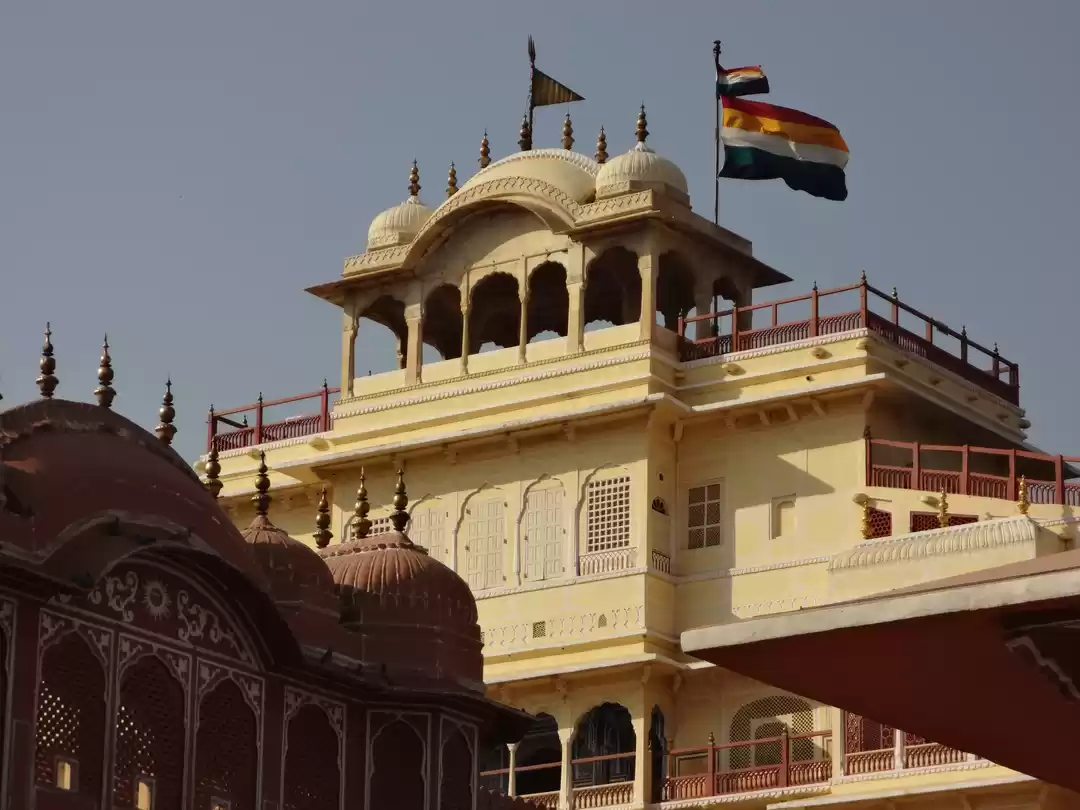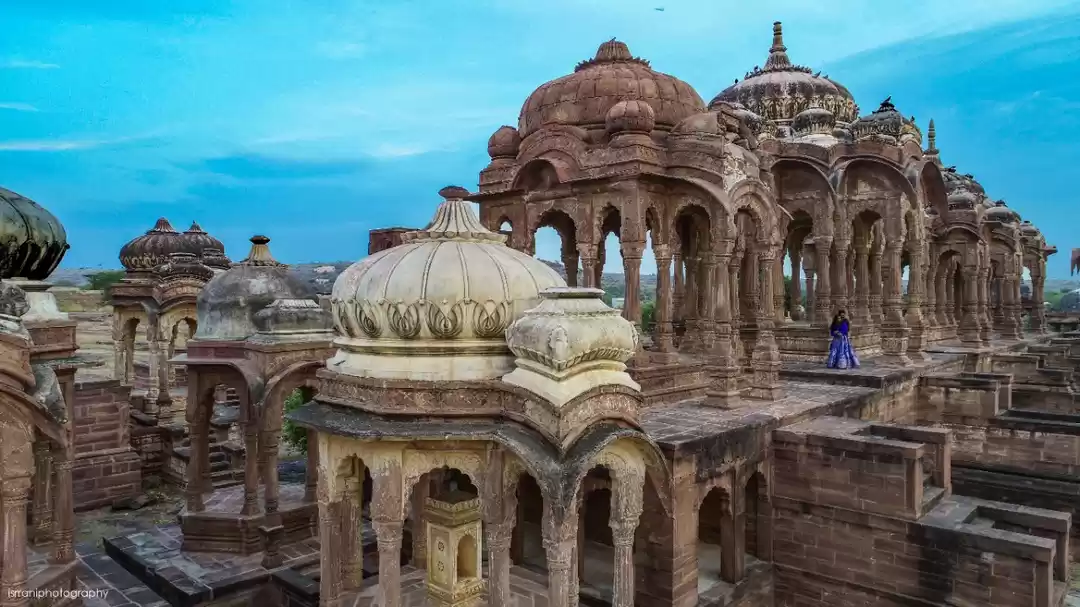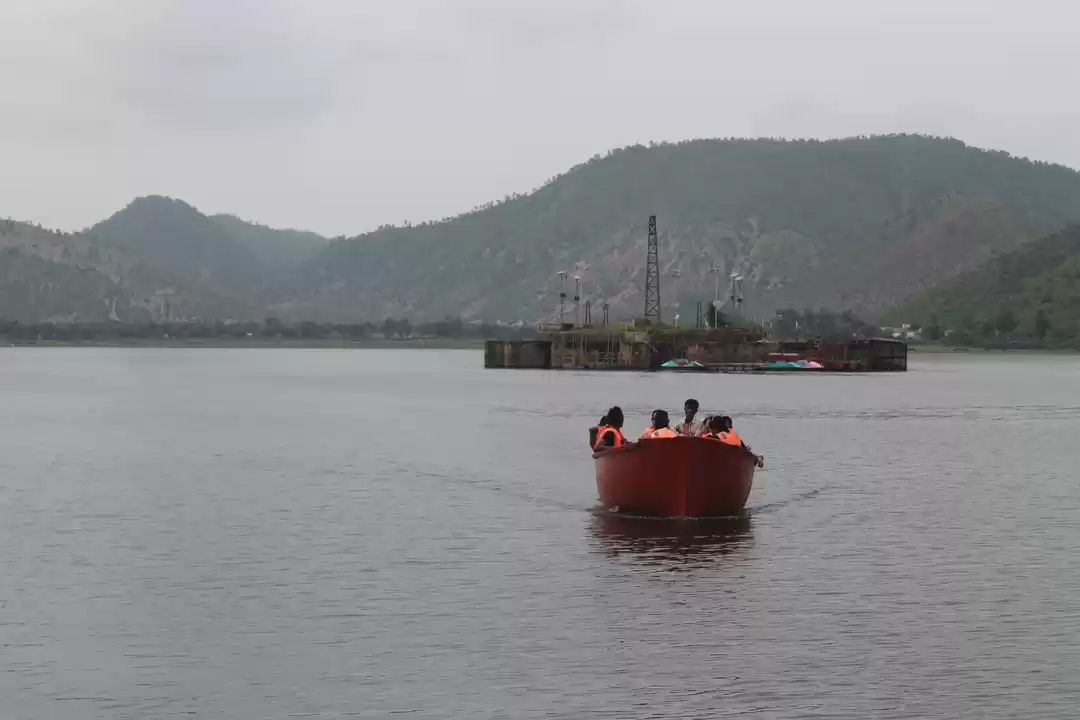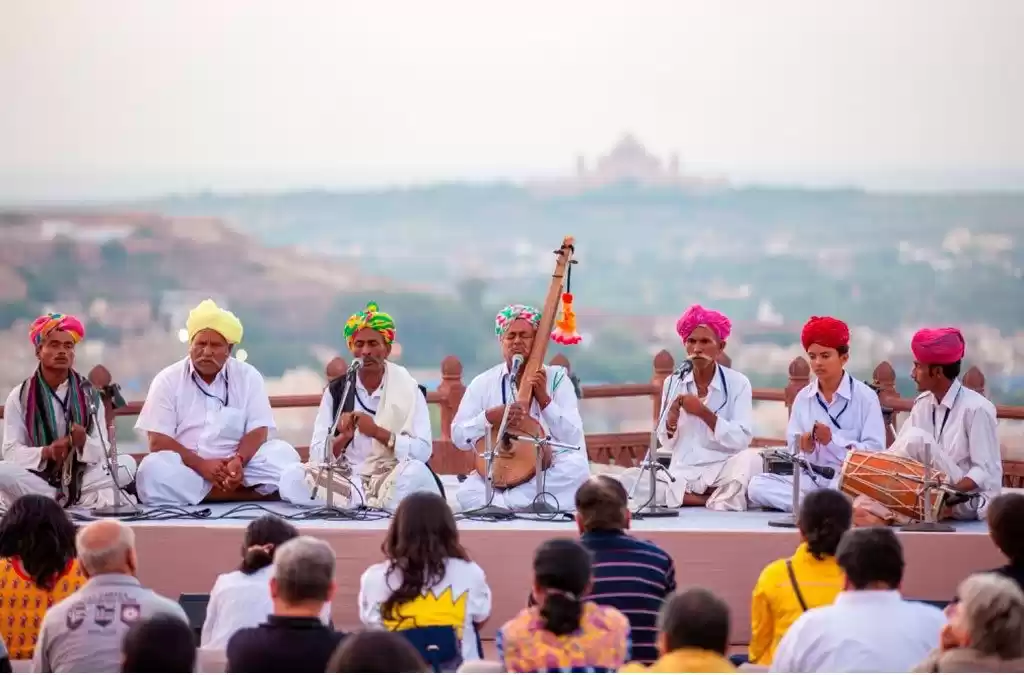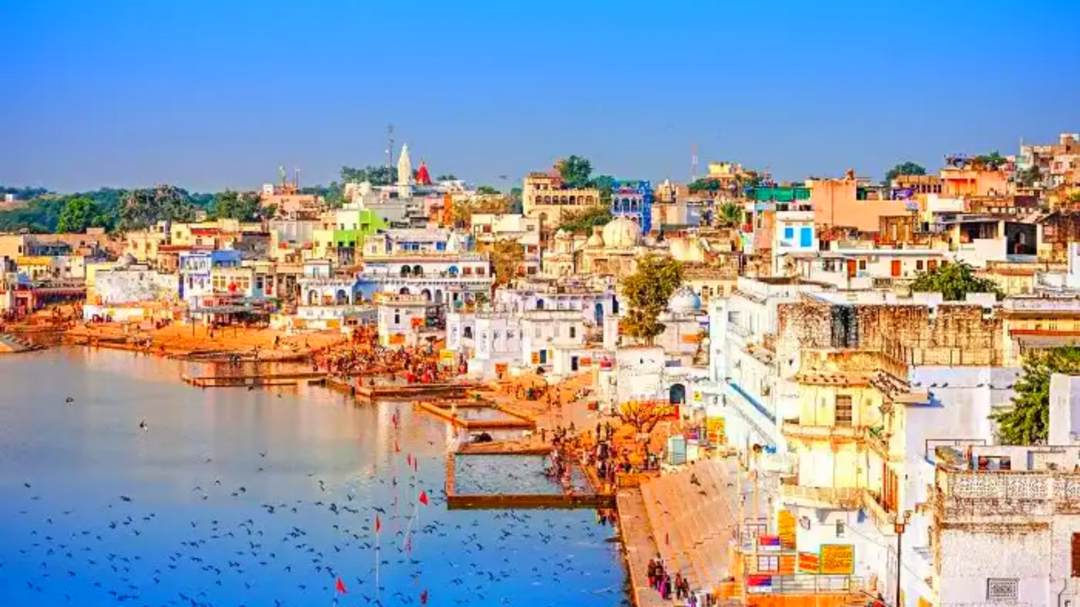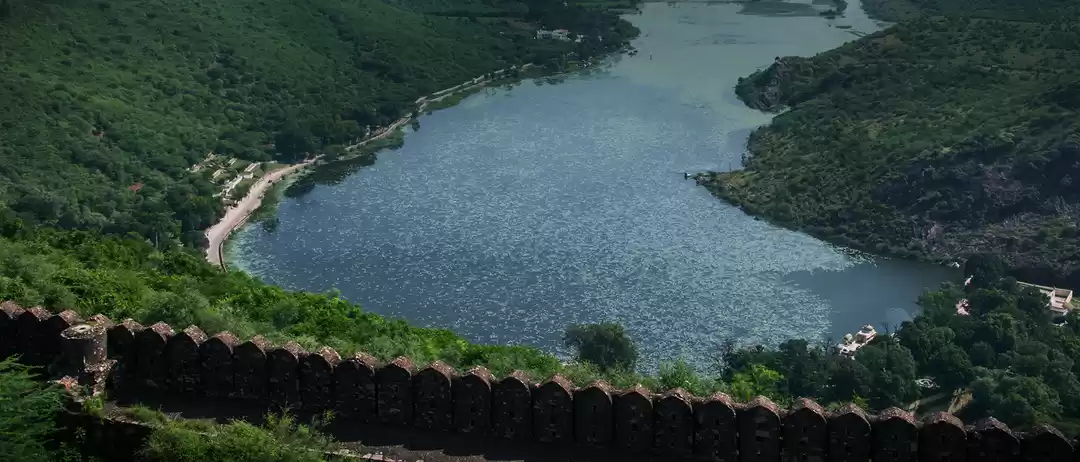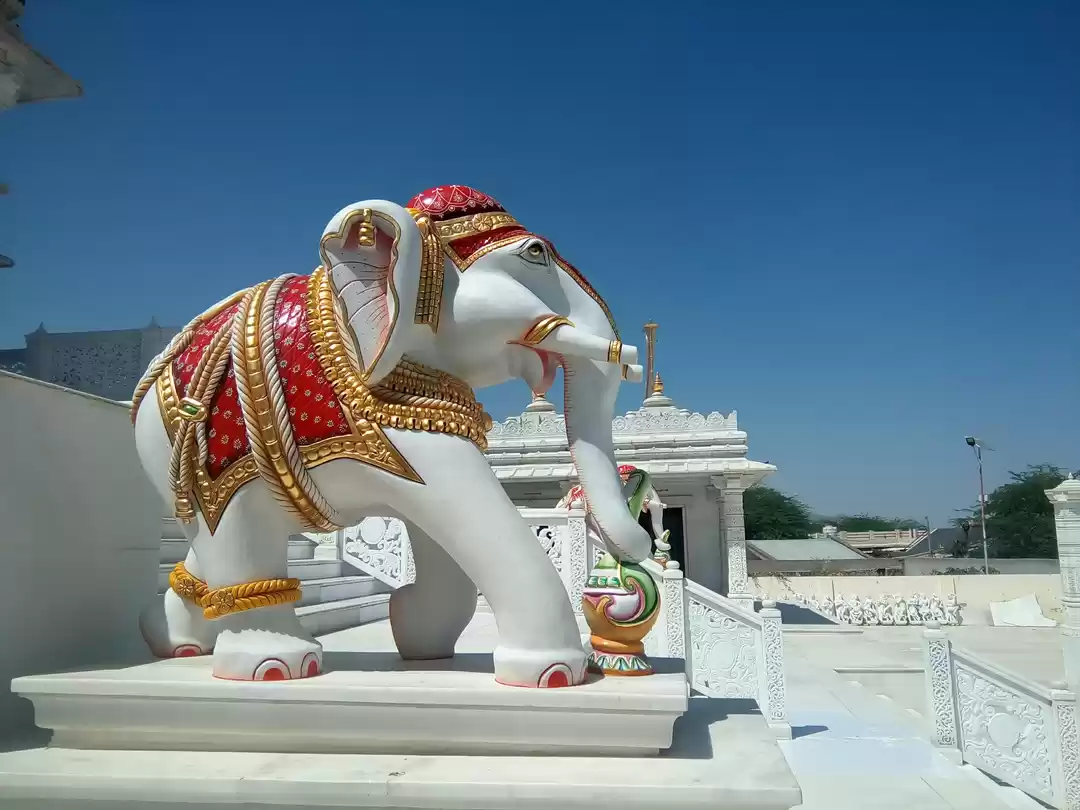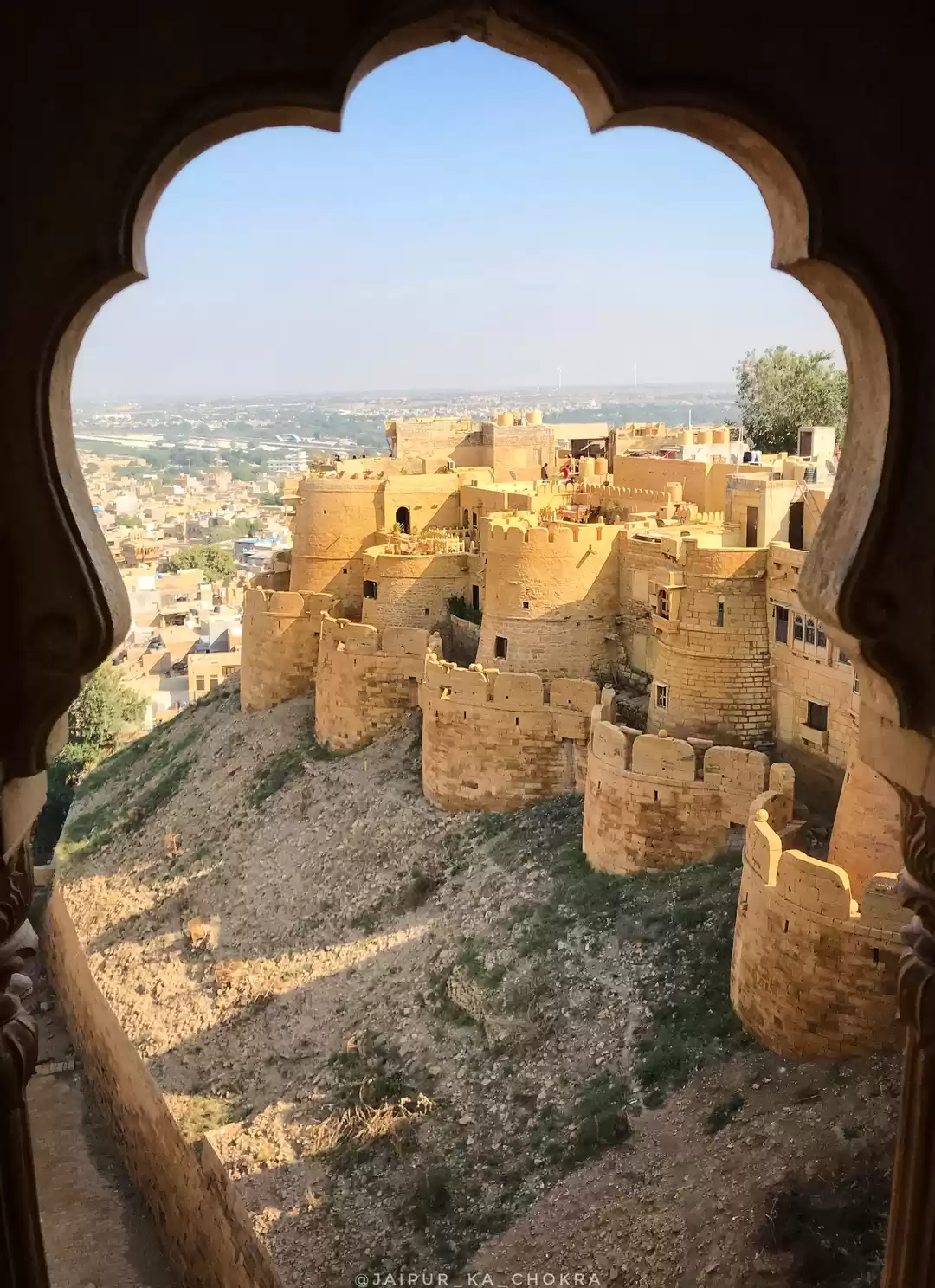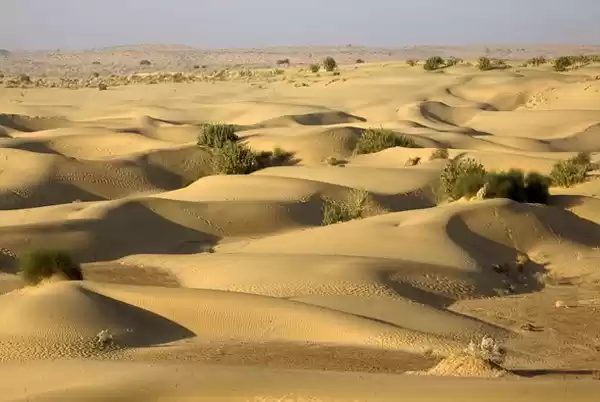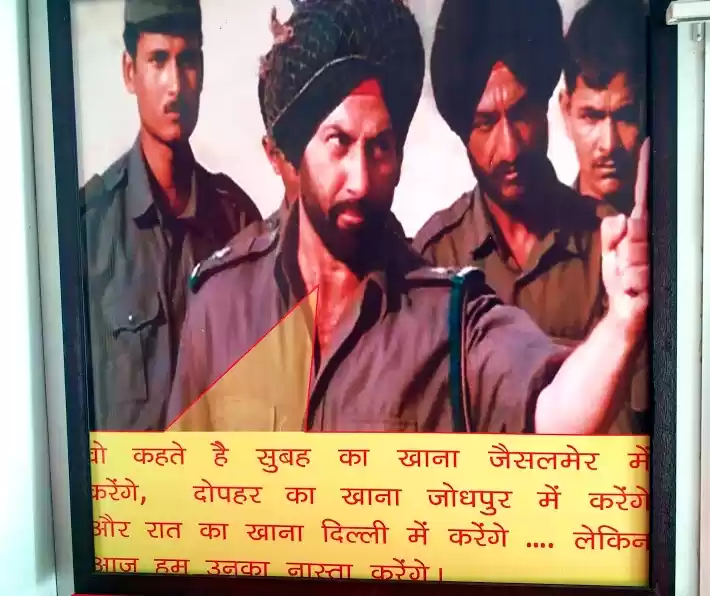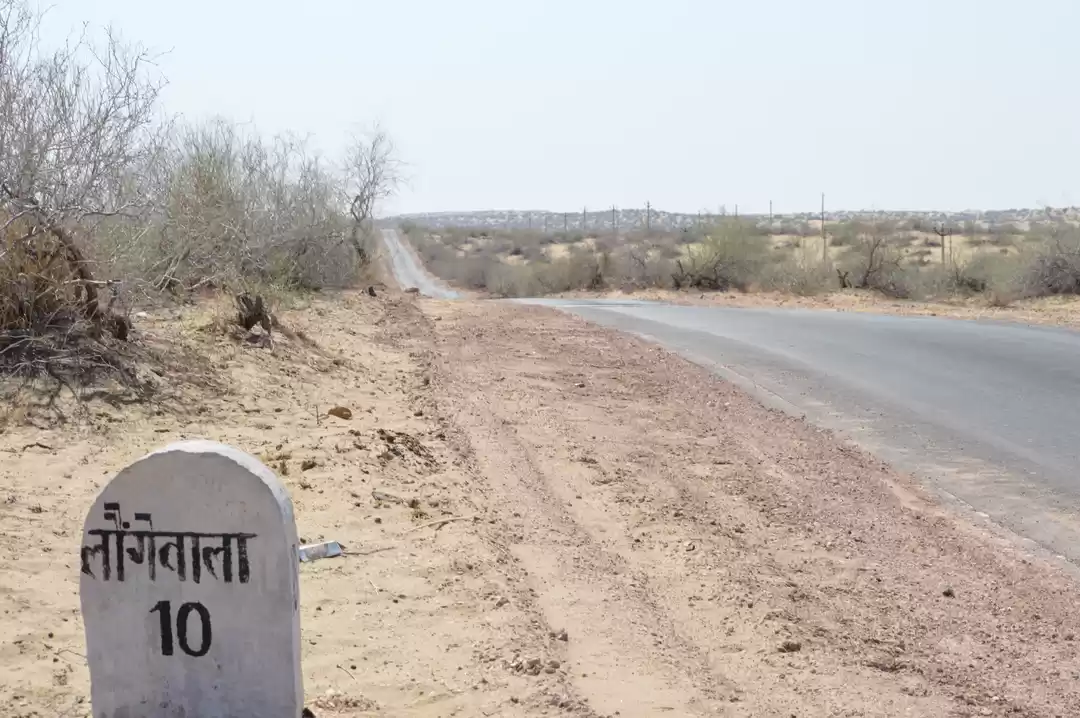































Over the last weekend, I was at the beautiful desert (but surely not deserted) lands of Balotra in Barmer District of Rajasthan. I was with my wife and we stayed at my in-laws' place. It is a place where both the beauty and the heat of the desert can be experienced to their fullest. Since it was my first visit in the desert, I was particularly happy and intrigued by the nuances of the desert and its life.
A bit about Balotra. Balotra is a small town in the west of Rajasthan located on the Luni river. The river once gave water to the town, now its a big tract of dry barren land spread over miles. Balotra is a smallish place with local shops, lots of inexpensive fruits and jewelry. Let's take a deeper look.
- Desertification: Firstly, I want to point out that the 'desert' that you see in the movies and in every picture floating on the internet is one which is sand and nothing but massive land of sand spread across millions of miles in all directions with Camels as the only mode of movement. Fortunately for most part of Rajasthan, this is not the case. Balotra included. The deserts of Barmer, Balotra and all the adjacent locations are sand with vegetation. If you recall we read in our high school textbooks a term called Desertification. Desertification is the process of desert formation of cities and fertile land. In order to prevent desertification of cities by the shift of sand from Rajasthan to other adjoining states, the Government of India planted desert plants which would ensure that the sand movement is under control. So, that's what we see when we travel on the roads. Desert with lots and lots of vegetation. This vegetation makes the movement of vehicles possible on the roads, this vegetation ensures people aren't eating and drinking sand wherever they go, this vegetation is also a source of food for the locals. See, trees do a lot more than providing oxygen.
- Landscape: When you get on the road, you see desert (the kind I explained above, not the one shown in the movies) and nothing but desert as far as the eye can see. At times you may spot acres of dry ponds from where salt is extracted. At other times, you may spot sand dunes and hills which are a part of the hilly ranges of the desert. In the heat of the weathers, driving down the roads in anything other than an air conditioned vehicle is simply giving trouble to the human body.
- Winds: The only two things available in plenty in Rajasthan are sand and wind. Because of the heat and the difference in the temperature of the air and the land, hot winds blow in the entire region, 24x7. There isn't any time of the day of the year when the wind would stop. We used to sleep in the open on the terrace and since the night winds are relatively cold, we enjoyed sleeping in the open. Oh it'd been so long since I'd done that!
- Vegetation: So what type of vegetation is there in the desert areas? The most common edible trees are what are popularly known as Ker Sangri. Ker is a wild berry and Sangri is a type of beans wildly grown in the desert regions of Jaisalmer and Barmer. The vegetable made from Ker Sangri combination is amazingly delicious and is a must at the weddings and other special occasions of Rajasthan! A simple google search will tell you how great it is. Further, pickles are also prepared out of Ker. Besides these, a great area of vegetation is weeds and wild trees. There may be some more 'good' trees which I'm not aware of at this moment. A tip: The next time you go to Rajasthan, definitely enjoy the vegetable called Ker Sangri.
- Water: No discussion of the desert is complete without talking about Water. Simply because water is such a rare commodity there. With less than a few weeks of rain in the entire year there is no such thing as underground fresh water (there's a lot of underground oil though). Further the vast expanses of the desert spread over millions of acres take away any possibility of a pipeline to be drawn from the next big city. So how do people survive? Well, the only source of water for the people is rain water. In howsoever little quantity the rain falls in any year, the people have learnt over the years to store the rain water under their houses to use it for drinking, washing and for their cattle. And now, I was amazed to see the effort of the Government of Rajasthan in providing rain water to every household. The concept is the construction of an underground circular water tank for every household in the villages which would ensure a year's worth of water till the next rain comes. You can see the image of the water tank with circular slopes built on all sides to ensure the rain water, instead of going waste, falls straight into the tank. A tank normally costs around INR 1.5 lacs, 90% of which is provided by the government, leaving only 10% for the people to pay. Construction time: 10 days (average).
- The India-Pak Border: A huge part of western Barmer district, if you see the map, lies on the India Pakistan border. Once we go from Barmer city towards Gadra Road and further west, we come across the barbed wire fencing of India-Pakistan borders. The International Border is a curved line depicted by white poles at regular distances. 150 yards on both sides is 'No Man's Land', land which is owned neither by India nor by Pakistan. After the 150 yards on the Indian side is the barbed wire fencing running across miles covering the entire desert to ensure no infiltration of people or resources happens from there to here and vice versa.
- The Thar Express: Just as the train Samjhauta Express connects Delhi and Lahore, the Thar Express connects Jodhpur and Karachi. The train leaves once a week from either side and reaches its destination in around 24 hours. Do read more about these two trains, if you're not already aware. It's always good to know how we are connected with the humans of other mothers across the border.
Further details on the places we visited are there in the itinerary below. I surely enjoyed my stay in the heat, and also my day out in the border areas of the country. I hope you feel the same when you go.






